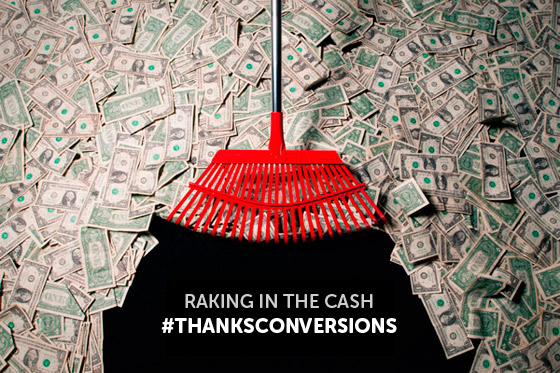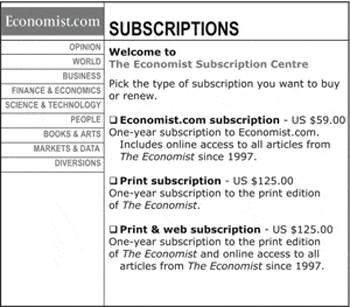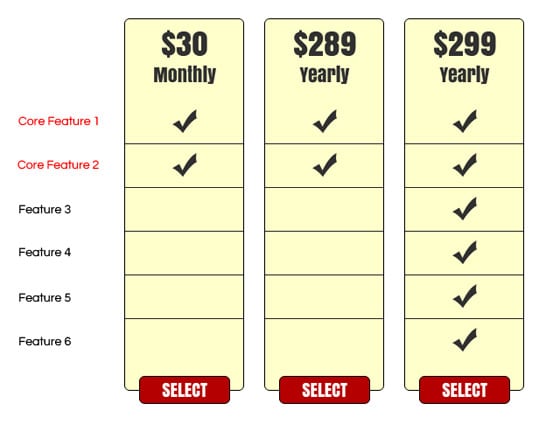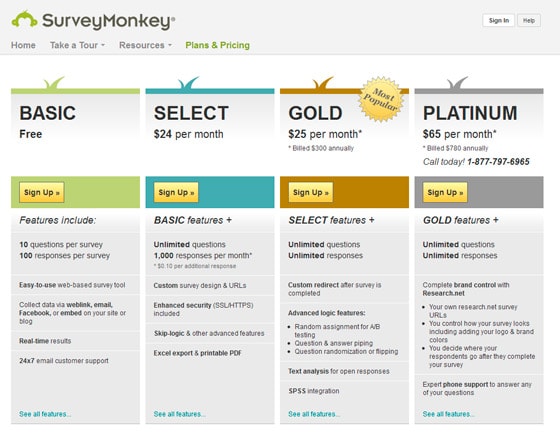
“I do not ‘get’ ideas; ideas get me.”
— Robertson Davies
What you’ll get out of this post:
- Why we decided to create a new product
- See an example of the test we ran
- How to make up your own products
Why We Decided to “Make Up” a Product
Why do we go back for seconds at the buffet, even though we are full? How in the world did we ever start spending $4 on a cup of coffee when, just a few years ago, we used to pay less than a dollar?
When it comes to making decisions in our lives, we think we’re in control. We think we’re making intelligent, rational choices. But are we really?
In Dan Ariely’s book, Predictably Irrational, he explains that people tend to behave irrationally in a predictable fashion. Ariely explains how expectations, emotions, social norms, and other invisible, seemingly illogical forces skew our reasoning abilities.
Let’s use a real life example. You are deciding between two vacations – Paris and Rome. They are both great options but they are two different cultures with advantages and disadvantages to both. Then a few days later you find a deal for just a bit more – a vacation to Rome with free breakfast. Then the decision becomes clear. Bye bye Effifel Tower and hello Rome with free breakfast.
Dan Ariely argues that by having an inferior option of Rome without free breakfast we are all drawn to the option of Rome with free breakfast. So much so that Rome without the free breakfast is NOW more appealing than the trip to France.
The book uses the pricing plan of the Economist as an example:

He conducted a study showing the exact pricing plan above. When presented with all three options 84% bought the print and web subscription while 16% bought the online version.
When he removed the middle print only version; 68% bought the web only option and only 32% bought the print and web version.
The theory is that as consumers, we don’t really know our preferences so we are susceptible to these pricing tactics.
When we applied the same theory and made up an inferior product to the one we wanted our customers to buy, the result was a 233% increase in conversion.
Our Test
A caveat: the examples below are not our real pricing pages. As a private company we could not share our real pricing, but the examples below are very similar to the real test we ran.
Old Page

We gave users two options – a monthly option and a yearly option. Both come with the same offerings but you save $60 if you sign up for the yearly plan.
This is a page we are all too familiar with. However, from a consumer stand point, it’s hard to see the real value.
With this pricing plan the customer is deciding only if he or she wants to purchase the plan and nothing else. Yes the $60 savings is great, but they are thinking do I really need or even want this package?
The Results
On this page, 40% bought the yearly plan and 60% purchased the monthly plan.
New Page – Rome with Free Breakfast

Using Ariely’s logic, we decided to create an inferior product to the plan that we wanted our customers to buy – the $299 yearly plan. We knew through surveys that the first two features were the core features that customers wanted, so we decided that all plans will have those features.
Then, we stripped away the secondary features from the monthly and new yearly plan.
Mark Joyner, author of The Irresistible Offer, states that you have three seconds to make a sale. By laying out our plans in this new format allows customers to quickly see where the real value is.
The Results
The result was a 233% increase in conversions. Here we saw 86% purchase the yearly plan of $299 and only 14% choose the monthly.
How to Make Up Your Own Products
As our test shows, one small tweak to a pricing page can make a huge impact on sales.
Before making any changes to your pricing page, you want to first figure out what your core features are. Ask your customers the #1 reason why they use your service through a survey.
Now you have a basic package with only your core features. Let’s call this plan – package A. Then create another plan with all your features. This is the plan that you WANT your customers to buy. We will call this package B.
Next is the most fun and creative part. You need to create package B-. This package includes almost everything of package B and is priced just a little less.
Here’s great example from SurveyMonkey:

Try it out on your pricing page and put your results in the comments below. Or if you need help coming up with your own B- package then feel free to leave that in the comments as well.
